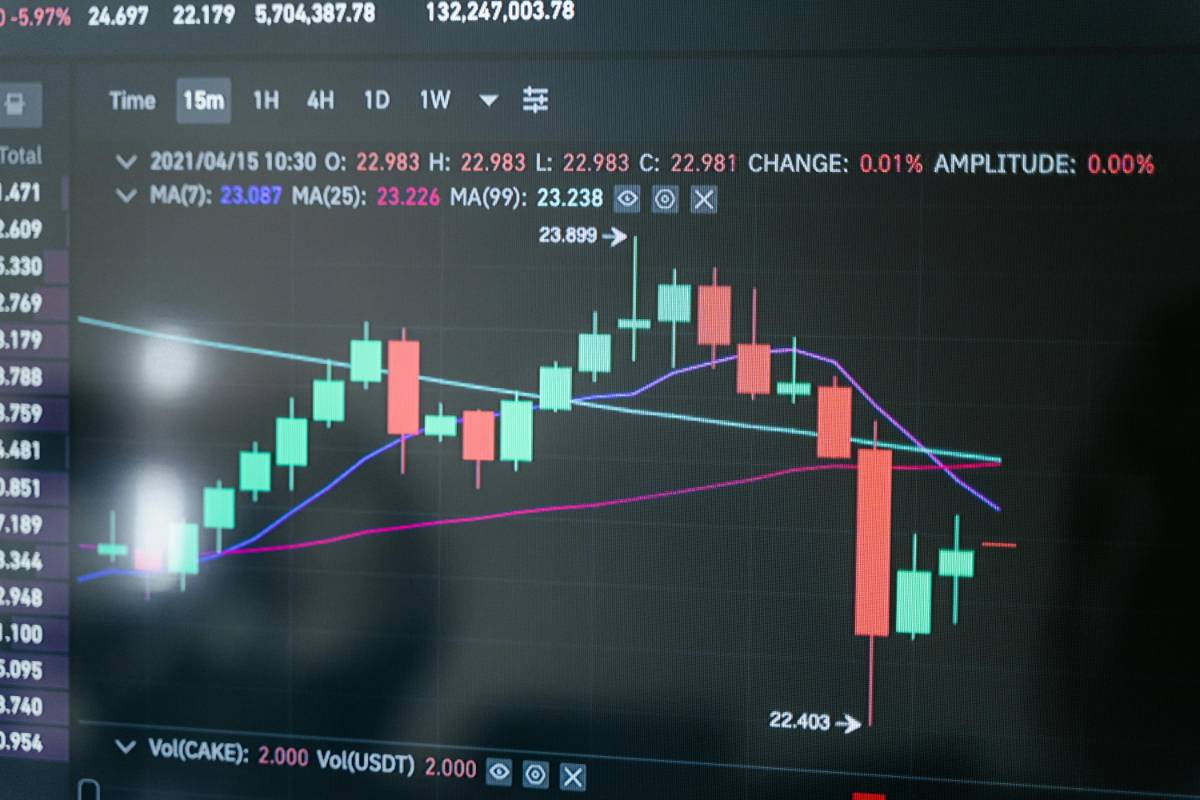
Options Trading Strategies: Calls, Puts, and Spreads Explained
 By Rahul Sharma
By Rahul SharmaOptions trading is a powerful financial tool that allows traders to speculate on asset price movements, hedge risk, and enhance portfolio returns. Understanding how calls, puts, and spreads work is essential for success in the options market.
What are Options?
Options are financial contracts that give traders the right, but not the obligation, to buy or sell an asset at a predetermined price before the contract expires. The two main types of options are calls and puts.
Understanding Calls and Puts
1. Call Options: Provide the right to buy an asset at a set price. Traders use calls when they expect the asset’s price to rise.
2. Put Options: Provide the right to sell an asset at a set price. Traders use puts when they expect the asset’s price to fall.
Options Trading Strategies
1. Covered Call: Selling a call option against a stock position to generate income while limiting upside potential.
2. Protective Put: Buying a put option to hedge against potential losses in a stock position.

3. Vertical Spread: Combining call or put options at different strike prices to limit risk while maintaining profit potential.
4. Iron Condor: Using both call and put spreads to profit from low volatility and sideways market movements.
Risk Management in Options Trading
1. Define risk before entering a trade: Know the maximum loss for each trade.
You might also like
1. How Interest Rates Impact ETF and Mutual Fund Performance2. Understanding and Managing Risk in Your Investment Portfolio3. The Basics of Passive Income: How to Make Money Work for You4. Understanding the U.S. Financial System: A Complete Guide2. Use stop-loss orders: Exit losing trades before they escalate.
3. Avoid excessive leverage: High leverage can lead to significant losses.

4. Monitor market conditions: Keep an eye on volatility and news events that impact option prices.
Conclusion
Options trading offers a variety of strategies for different market conditions. By understanding calls, puts, and spreads, traders can develop an approach that aligns with their risk tolerance and investment goals.
About the author
 By Rahul Sharma
By Rahul SharmaRahul Sharma is a seasoned finance writer with over 8 years of experience helping millennials and Gen Z take control of their money. With a background in economics and a passion for demystifying complex financial concepts, Ananya shares actionable tips on budgeting, investing, and building long-term wealth. Her mission is to make financial literacy accessible, relatable, and empowering — no jargon, just smart money moves.
More like this

Stock Buybacks: How They Influence Share Prices
Stock buybacks have become a common strategy for companies looking to boost share prices and reward investors. Understanding their impact can help investors make informed decisions.

Meme Stocks: Are They Making a Comeback?
Meme stocks took the financial world by storm in recent years, driven by online communities and retail investors. As market conditions shift, many wonder if these stocks are making a comeback.

Dividend Stocks vs. Growth Stocks: Where’s the Best Opportunity?
Investors often face a crucial decision when building their portfolios: Should they invest in dividend stocks for stability or growth stocks for higher returns? Understanding the differences can help in making the right choice based on financial goals and risk tolerance.

How Geopolitical Events Affect U.S. Stock Performance
Geopolitical events have a significant impact on the U.S. stock market, influencing investor sentiment, market volatility, and sector performance. Understanding these effects can help investors navigate uncertainty and make informed decisions.

AI and Automation: The Next Big Disruptors in the Stock Market
Artificial intelligence and automation are transforming industries, and the stock market is no exception. These technologies are reshaping investment strategies, trading mechanisms, and market dynamics at an unprecedented pace.

S&P 500 vs. Nasdaq: Where Should You Invest?
Investors often compare the S&P 500 and the Nasdaq when deciding where to allocate their funds. Understanding the differences between these indices can help you make a strategic investment choice based on your risk tolerance and financial goals.

Why Tech Stocks Are Leading the Market Again
Tech stocks are once again at the forefront of the market, driven by innovation, strong earnings, and investor optimism. As companies in the sector continue to expand their influence, understanding the reasons behind this surge can help investors make informed decisions.

The Impact of Federal Reserve Policies on the Stock Market
Federal Reserve policies play a crucial role in shaping the stock market. Interest rate decisions, quantitative easing, and regulatory measures directly impact investor sentiment and market performance. Understanding these effects can help traders and long-term investors navigate the evolving financial landscape.

Top Performing Stocks on Wall Street This Quarter
The latest quarter on Wall Street has seen significant movements, with some stocks outperforming expectations while others struggled to keep up. Understanding these trends can help investors make informed decisions moving forward.

U.S. Stock Market Outlook: What to Expect in 2025
As we move into 2025, investors are looking for insights into the U.S. stock market's potential trajectory. Market trends, economic policies, and global events will all play crucial roles in shaping investment opportunities.





